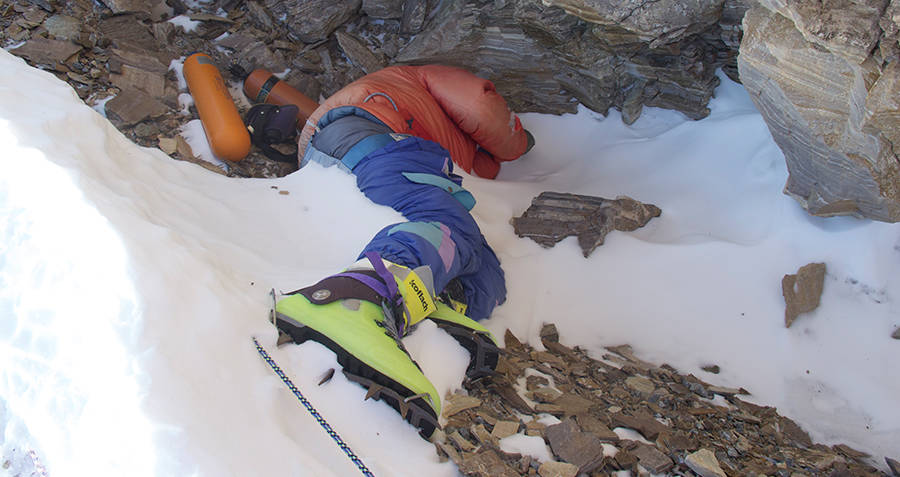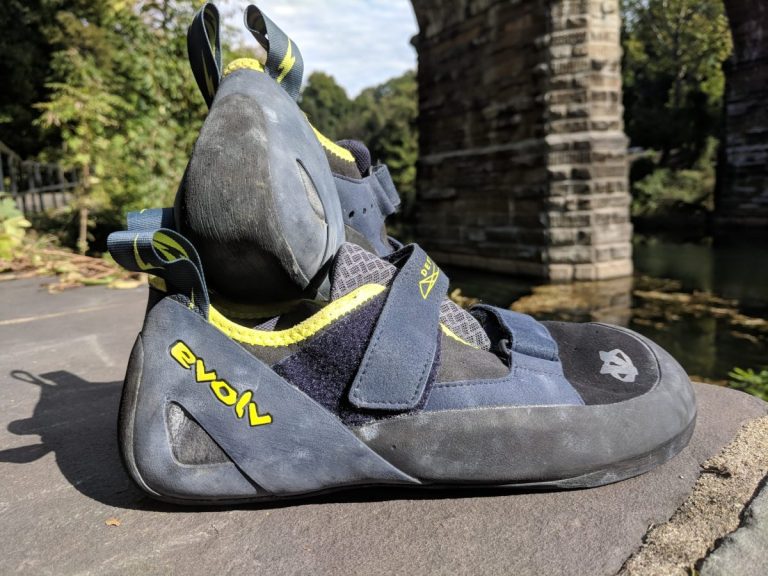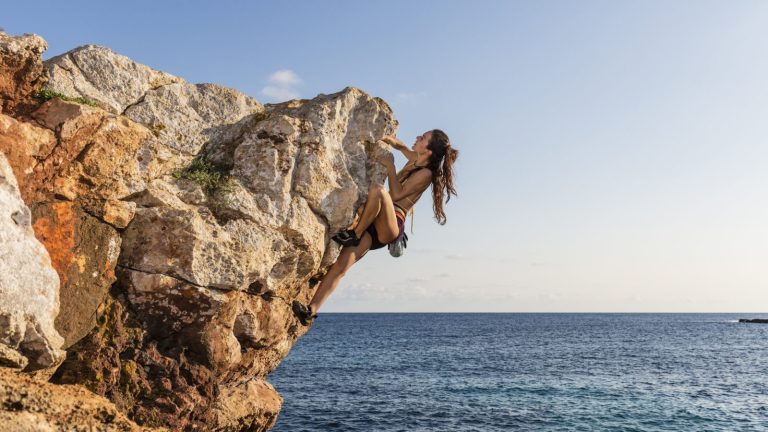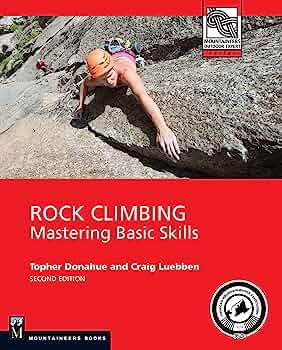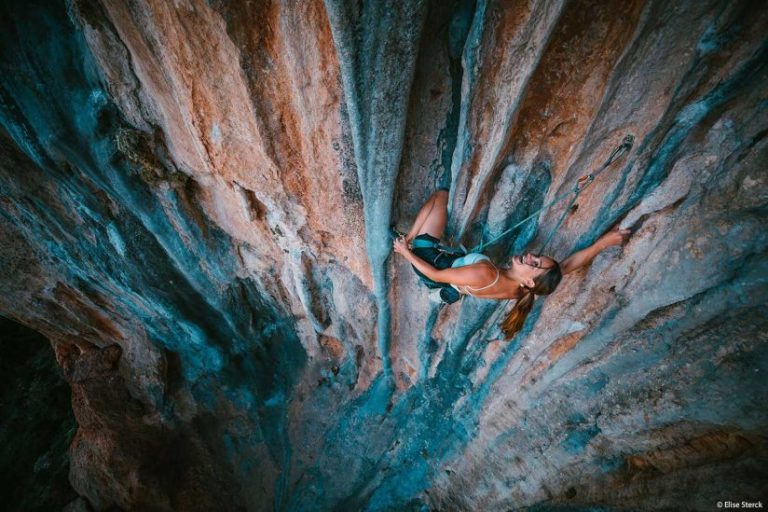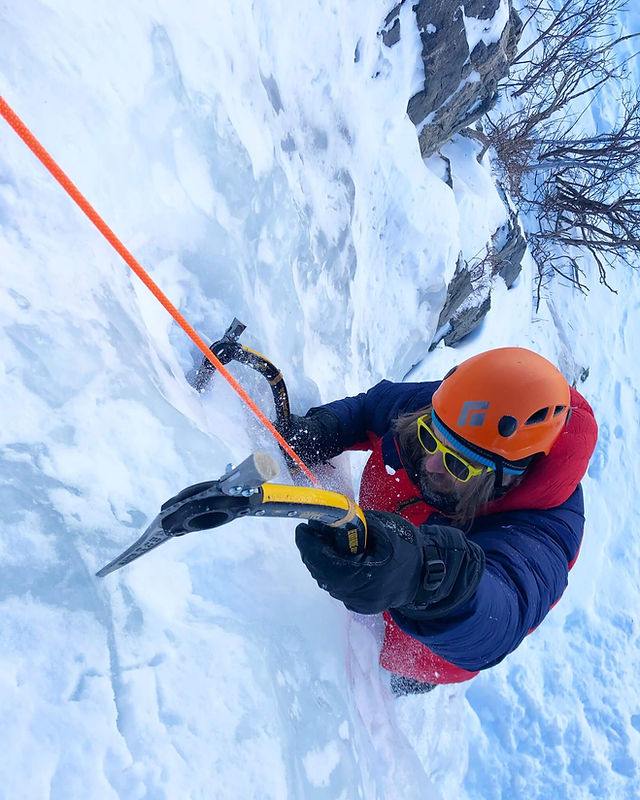how many people have died climbing mount everest
Mount Everest, towering at an astonishing 8,848.86 meters (29,031 feet and 8+1⁄2 inches), holds an irresistible allure for mountaineers around the globe. As Earth’s loftiest peak, reaching its summit is a challenge sought by many, but the journey comes with great peril. Over the years, the mountain has claimed the lives of over 310 individuals, a grim testament to both its majestic grandeur and its formidable danger.
Causes of Deaths
The unfortunate souls who perished on Everest met their fates through a range of catastrophic events. These include avalanches that sweep down treacherous slopes, fatal falls from perilous heights, and the terrifying collapse of seracs – massive ice formations. Exposure to the unforgiving elements, leading to frostbite and hypothermia, also contributes to the tragic toll. Moreover, health problems exacerbated by the extreme conditions at high altitudes have claimed lives, painting a picture of the mountain’s ruthless environment. It’s important to note that not all of these lost lives have been accounted for, leaving some stories shrouded in mystery due to unrecovered bodies.
The Death Zone
Above approximately 8,000 meters (26,000 feet), a chilling realm known as the “death zone” marks the point beyond which human survival becomes increasingly tenuous. At such altitudes, the atmospheric pressure drops to less than 356 millibars (5.16 psi), resulting in oxygen levels too meager to sustain life. Trapped in this zone, the human body confronts a dire reality: oxygen consumption outpaces replenishment, rendering acclimatization impossible. The body’s functions deteriorate, consciousness fades, and death becomes an inevitable outcome.
Historical Background
The history of Everest’s deadly reputation dates back to the early 20th century. The 1921 British Mount Everest reconnaissance expedition encountered tragic fatalities, including an unidentified porter and A. M. Kellas, a victim of heart failure. Subsequent expeditions, like the 1922 British expedition, experienced the loss of seven porters in a catastrophic avalanche.
The Tragic Year of 1996
While the mountain’s lethal reputation persisted, the year 1996 etched itself into Everest’s tragic chronicles. A dozen lives were claimed during that fateful season, not solely due to a rise in fatality rates but also because of the surge in climbers attempting the ascent. Among the victims were those who fell victim to a blizzard, a calamity that claimed the lives of eight climbers. The gripping accounts of this catastrophe, portrayed in books such as “Into Thin Air” by Jon Krakauer and “The Climb” by Anatoli Boukreev, offer contrasting perspectives on the tragic events.
Deadly Years: 2014, 2015, and 2023
The somber records of loss were further shattered in subsequent years. The seasons of 2014, 2015, and 2023 marked peaks in Everest’s tragic history. In 2014, the Khumbu Icefall unleashed a deadly avalanche, resulting in the loss of 16 Sherpas. The year 2015 saw an unprecedented avalanche during an earthquake, claiming 19 lives in a single day. The 2023 season witnessed the demise of 17 climbers, each with their own unique stories of ambition and tragedy.
Remarkable Climbers’ Demises
Among the tales of tragedy, certain individuals stand out for their exceptional feats and poignant demises. Babu Chiri Sherpa, a seasoned climber, met his end through a fall near Camp II. His legacy included setting records for summit times and a deep connection with Everest’s treacherous beauty.
Record Deaths in the 2019 Season
The year 2019 added another tragic chapter to Everest’s history. Despite being a record season for successful ascents, it also saw the deaths of 11 climbers. The images of climbers forming long queues along the treacherous slopes highlight the challenges posed by overcrowding and delays, further endangering lives.
Recovery and Remembrance
Mount Everest’s unforgiving environment makes recovery efforts for bodies an arduous task. Many who meet their end on the mountain remain where they fell. The Nepalese government, however, undertakes efforts to remove trash left by climbers and recover bodies when possible. Melting glaciers are now unveiling the remains of those who lost their lives, offering a haunting reminder of the mountain’s dangers.
Tragedies on the North Ridge
Yan Genghua: A Chinese Climber’s Mysterious Disappearance
In May 2000, Chinese climber Yan Genghua embarked on his Everest ascent. Tragically, he vanished during the descent from the north summit. His disappearance remains shrouded in mystery, leaving the mountaineering community bewildered and haunted by questions.
Igor Plyushkin: Overcoming Altitude’s Deadly Embrace
Russian mountaineer Igor Plyushkin faced the grim reality of altitude sickness during his Everest expedition. Despite his determination, the merciless effects of high altitude claimed his life at 7,800 meters on the north ridge. Plyushkin’s demise underscores the unforgiving nature of Everest’s extreme elevations.
Jason Bernard Kennison: Battling Illness on the Unforgiving Slopes
The perils of altitude and the ever-changing mountain weather proved fatal for Australian climber Jason Bernard Kennison. Stricken with illness while ascending the north ridge, Kennison’s strength waned. Ultimately, he succumbed to the mountain’s challenges, reminding us of the importance of physical and mental resilience.
Challenges on the South Ridge
Jeppe Stoltz: A Fall from Grace
Danish climber Jeppe Stoltz encountered a tragic end during his descent along the south ridge. A fall claimed his life, serving as a sobering reminder of the inherent risks in navigating Everest’s treacherous terrain.
Babu Chiri Sherpa: A Native Son’s Fatal Misstep
Nepalese mountaineer Babu Chiri Sherpa, known for his remarkable accomplishments on Everest, met his fate on the south ridge. A fall from the mountain’s icy heights ended his storied career and marked a loss for both the climbing community and his homeland.
Marisa Eve Girawong: A Dream Cut Short by Disaster
American climber Marisa Eve Girawong ventured to Everest with aspirations of triumph. However, her ascent was marred by tragedy as she fell victim to altitude sickness, highlighting the vital importance of acclimatization and health awareness.
Unpredictable Natural Forces
The 2014 Mount Everest Avalanche: A Catastrophic Event
One of Everest’s deadliest moments occurred in 2014 when a massive avalanche swept through the Khumbu Icefall. A tragic outcome ensued, claiming the lives of 16 Sherpas. This devastating event shed light on the risks faced by the resilient Sherpa community, whose unwavering dedication makes Everest expeditions possible.
Lakpa Nuru Sherpa: Lost to an Unforgiving Serac Collapse
Serac collapses are a constant threat on Everest. Nepalese climber Lakpa Nuru Sherpa became a victim of these unpredictable natural forces while ascending the mountain. His disappearance serves as a somber reminder of the uncontrollable dangers climbers face.
Shailendra Kumar Upadhyaya: Succumbing to Altitude’s Wrath
Altitude sickness claimed the life of 82-year-old Shailendra Kumar Upadhyaya. While not a climber, Upadhyaya’s unfortunate demise at Everest Base Camp underscores the importance of acclimatization and medical preparedness, even for those not engaged in the ascent.
Health and Medical Complications
David Sharp: A Debate of Ethics and Survival
The case of British climber David Sharp remains a contentious topic. Stranded near the summit, Sharp’s plight was witnessed by several climbers, sparking a debate over whether enough was done to save him. His tragic end serves as a poignant reminder of the ethical dilemmas that can arise on Everest.
Thomas Ely Taplin: Succumbing to the Challenges of Altitude
American filmmaker Thomas Ely Taplin experienced the harsh realities of high-altitude climbing. Suffering from exhaustion and the effects of altitude, Taplin tragically lost his life during a descent. His story underscores the importance of understanding one’s limits and the impact of extreme elevations.
Muhammad Hawari Bin Hashim: A Mysterious Disappearance
Malaysian climber Muhammad Hawari Bin Hashim’s disappearance on Everest remains shrouded in mystery. Between Camp IV and III, he vanished without a trace. His case highlights the unpredictable nature of the mountain and the importance of meticulous planning and communication.
Lessons Learned and Moving Forward
Mount Everest stands as a formidable challenge, demanding respect and unwavering preparation. The tragedies that have unfolded on its slopes remind us of the delicate balance between ambition and safety. As climbers continue to chase their dreams, it is crucial to learn from the past, honor those who have fallen, and ensure that every ascent is a testament to human determination and resilience.
Conclusion
Mount Everest, while breathtakingly beautiful, holds dangers that are equally awe-inspiring. The stories of those who have perished on its slopes serve as somber reminders of the mountain’s unforgiving nature. As we reflect on the lives lost, we must also recognize.
This list chronicles many of the tragic incidents that have occurred on Mount Everest. These events serve as a reminder of the immense challenges and risks that climbers face when attempting to conquer the world’s tallest peak. The history of Everest expeditions is a mix of triumphs and tragedies, highlighting the indomitable spirit of human exploration and the relentless power of nature.
Conclusion
The list of individuals who have lost their lives attempting to conquer Mount Everest serves as a somber testament to the mountain’s formidable challenges. It reflects the indomitable spirit of explorers who dare to push the boundaries of human achievement, even at the cost of their own lives. The stories of triumph and tragedy etched into Everest’s icy slopes remind us of the fragile balance between human ambition and nature’s unrelenting power.
FAQs
- Are there any years without recorded deaths on Mount Everest? As of recent history, the years 1977 and 2020 stand out as years with no recorded deaths on Mount Everest. In 1977, only two climbers reached the summit, and in 2020, climbing permits were suspended due to the COVID-19 pandemic.
- Why is the “death zone” on Mount Everest so dangerous? The “death zone” refers to altitudes above approximately 8,000 meters where the oxygen level is insufficient to sustain human life. At these heights, the body’s oxygen consumption surpasses replenishment, leading to bodily deterioration, loss of consciousness, and ultimately, death.
- What happened during the 1996 Mount Everest disaster? The 1996 Mount Everest disaster was a tragic event that claimed the lives of eight climbers due to a blizzard. This incident sparked controversy and yielded conflicting accounts, as depicted in books like “Into Thin Air” and “The Climb.”
- How do melting glaciers reveal bodies on Everest? Melting glaciers gradually expose the remains of climbers who had previously perished on the mountain. The changing landscape of the glaciers unveils these tragic relics, offering a haunting reminder of Everest’s history.
- What efforts are made to recover bodies on Everest? The Nepalese government conducts clean-up operations to remove debris left by climbers and, in the process, recovers bodies when feasible. However, the challenging conditions often make recovery efforts difficult and dangerous.
